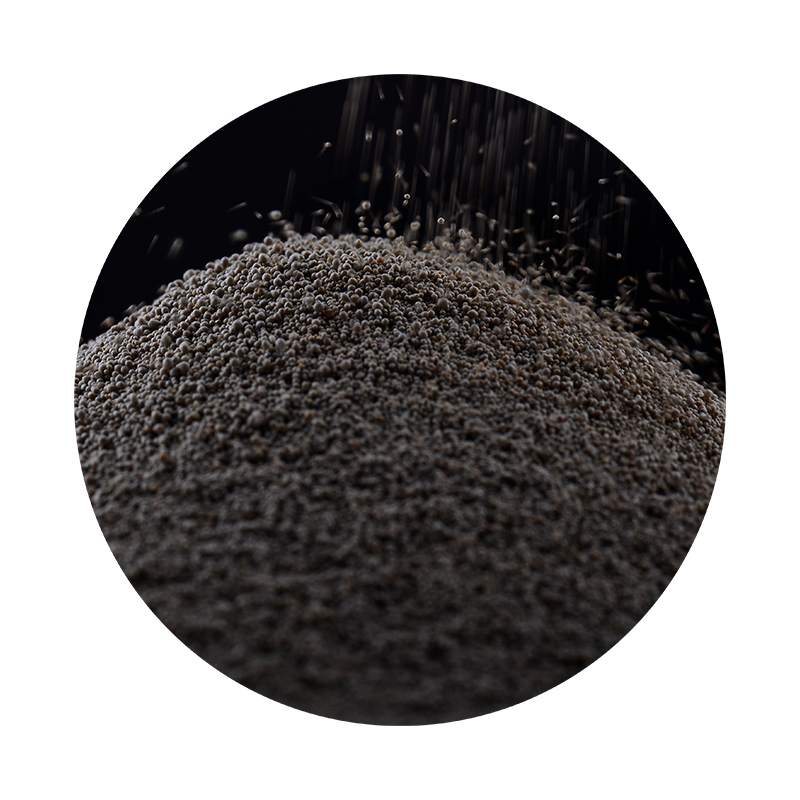Physical Properties of Foundry Sand
Foundry sand plays a crucial role in the metal casting industry, serving as a mold material due to its unique physical properties
. Understanding these properties is essential for optimizing the casting process and ensuring the production of high-quality metal components.One of the primary characteristics of foundry sand is its grain shape and size. Foundry sand typically consists of silica (SiO2) and is available in various sizes and shapes. The well-rounded and uniformly sized grains facilitate excellent flowability, allowing easy compaction around patterns. This property is essential for creating detailed molds that accurately reproduce the intended designs of cast parts. In general, coarser sands provide better airflow, while finer sands promote detail capture.
Another significant property of foundry sand is its thermal conductivity. Because metal casting involves pouring molten metal into molds, the ability of the sand to withstand high temperatures without breaking down is vital. Good thermal conductivity helps in evenly distributing the heat from the molten metal, reducing the risk of thermal shock to the mold. Foundry sands can typically withstand temperatures exceeding 1,800 degrees Fahrenheit, which is crucial for casting ferrous and non-ferrous metals.
physical properties of foundry sand

Moisture content is also a critical factor in the performance of foundry sand. The right moisture level enhances the sand's cohesiveness, making it easier to form a solid mold. However, excess moisture can lead to defects in the casting process, such as steam explosions or gas defects. Therefore, precise control of moisture content is necessary to achieve optimal properties for molding.
Another key physical property of foundry sand is its permeability. This refers to the ability of the sand to allow gases to escape during the metal pouring process. High permeability reduces the risk of gas entrapment, which can lead to defects in the final casting. The balance between permeability and strength is vital; while high permeability is desirable, the sand must also maintain sufficient strength to support the weight of the molten metal.
Finally, the reclamation potential of foundry sand after its use is crucial from both economic and environmental perspectives. The ability to recycle sand reduces waste and minimizes costs associated with buying new sand. Effective reclamation processes can restore the sand’s physical properties, allowing it to be reused in subsequent casting operations.
In summary, the physical properties of foundry sand, including grain shape and size, thermal conductivity, moisture content, permeability, and reclamation potential, significantly influence the performance of metal casting. Understanding and optimizing these properties are essential for achieving high-quality castings and improving overall production efficiency in foundry operations. The continuous evaluation and enhancement of these properties will guide innovation and sustainability in the foundry industry.
Post time:Set . 14, 2024 21:18
Next:sand printing casting
